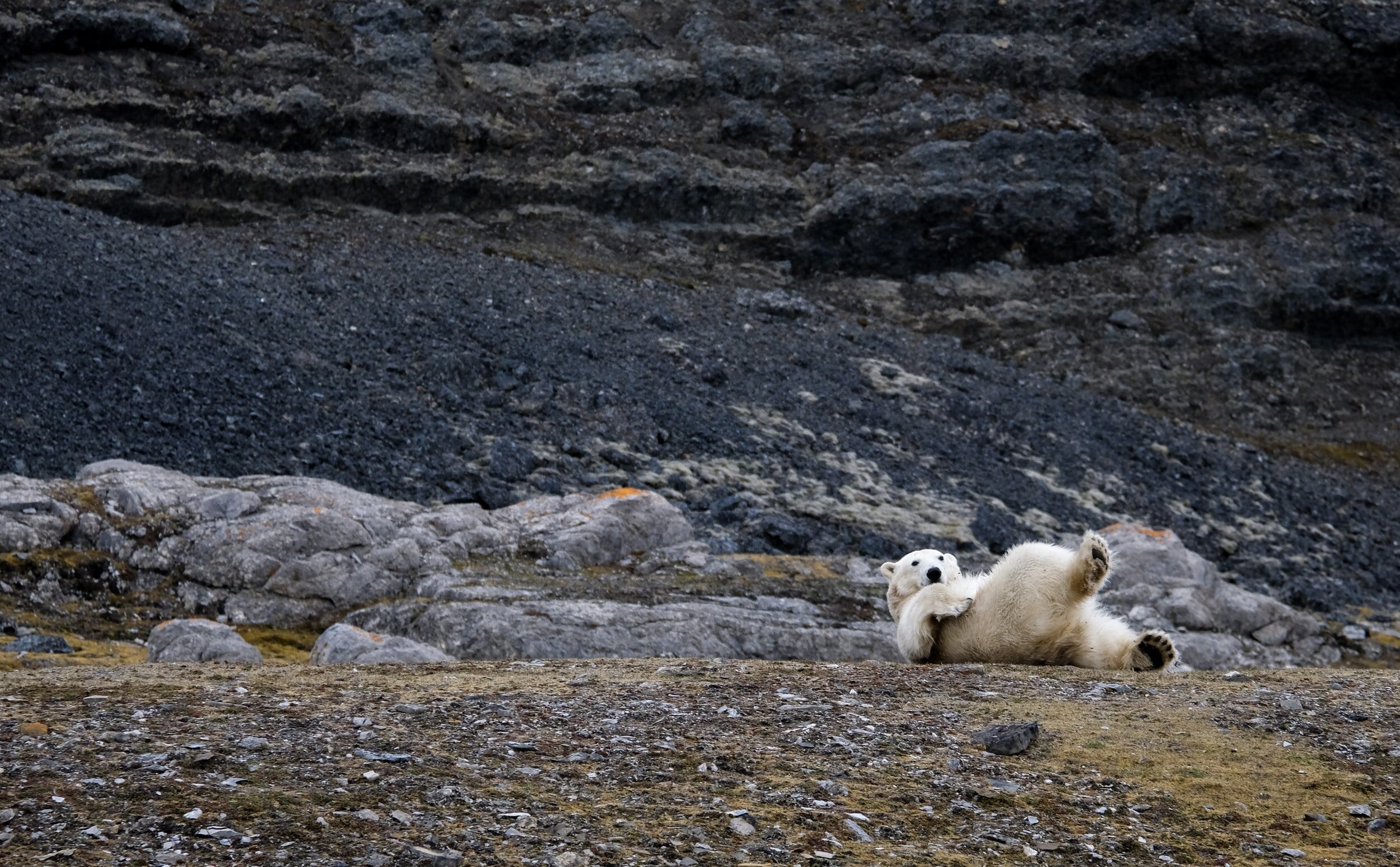Norway, having ceased mining operations of coal in the Arctic in 2017, is dismantling their last mine piece by piece and turning the whole area into a national park twice the size of Grand Teton in Wyoming.
The goal is to turn the Svalbard Archipelago, in particular the Van Mijenfjord, into a howling wilderness once again — the best-managed wilderness in the world where polar bears, seals, and countless other Arctic species can thrive in what experts say will be one of the most resilient areas under threat from climate change.
Seeds aren’t the only thing stored underground on Svalbard, coal has been mined there under state monopoly for 100 years. Despite climate change pressures mounting throughout the 21st century, it wasn’t until 2016 that a gov. white paper announced a moratorium.
Seven national parks, fifteen bird sanctuaries, one geopark, and six reserves dot two-thirds of the 23,500 square mile (61,000 square km) archipelago of islands, fjords, mountains, and glaciers. 3,000 polar bears inhabit the area, and during the late summer more than 20 million birds of 80 different species nest on Svalbard after long migratory patterns.
Prime stretches of land on Svalbard will be important for biodiversity and conservation as the years go by. On July 25th, 2020, the hottest temperature ever recorded was registered on Svalbard when thermometers reached 21.7°C, while over the last 50 years the average temperatures have risen about 3°C.
As is common across much of the Arctic, it is hypothesized that the lack of sea ice cover reveals more dark water, absorbing solar energy faster, and increasing the speed of the melting ice. The Van Mijenfjord area retains its sea ice most of the year, highlighting its importance for local climate and biodiversity.
Images of the coal mining operations from past years depict a giant black spot on an otherwise white landscape, and therefore the removal of all the black rocks, dust, and steel infrastructure could yield better localized climate results.




